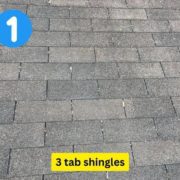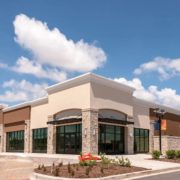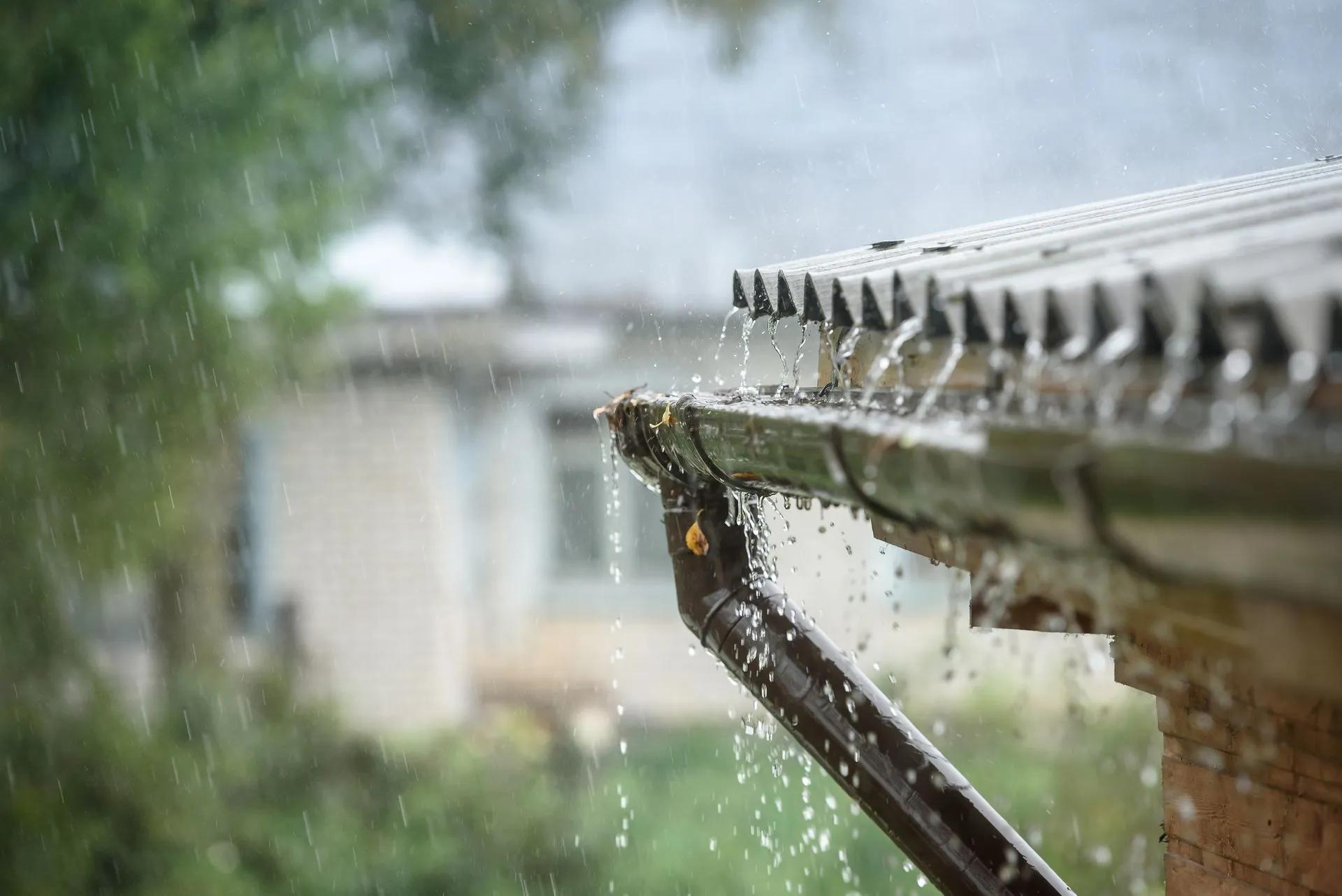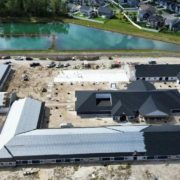Shaker-Style Siding | A&M Home Services
Shaker-Style Siding: A Guide

Shaker-style siding is a popular choice for homes due to its timeless appeal and durability. It adds a touch of classic elegance to any home while also protecting from harsh weather conditions. In this article, explore the benefits of shaker-style siding and why it is an excellent option for your home.
It Enhances Curb Appeal
The clean and simple lines of this type of siding give a classic and timeless look to any house. It adds a touch of charm and character, making your home stand out in the neighborhood. Shaker-style siding comes in various colors and finishes, allowing you to choose the one that complements your home’s aesthetics.
It Is Versatile
Shaker-style siding can be used on a variety of architectural styles, from traditional to modern homes. It is suitable for both new constructions and renovations, making it a versatile option for any homeowner. This type of siding also comes in different sizes, allowing you to achieve the desired look for your home.
It Offers Low Maintenance
Shaker-style siding is made from durable materials that are resistant to rot, insect damage, and decay. This saves you time and money on maintenance costs in the long run.
It Is Durable
Shaker-style siding is known for its durability, making it a long-term investment for your home. It is made from high-quality materials that can withstand harsh weather conditions such as extreme heat, cold, and moisture. This type of siding is also resistant to fading and warping, ensuring that it maintains its appearance for many years.
It Is Energy-Efficient
Its design allows for proper insulation, reducing heat loss during the colder months and keeping your home cool during the summer. This can lead to lower energy bills and a more comfortable living environment.
It Provides Easy Installation
Installing shaker-style siding is a straightforward process, making it a preferred choice for many homeowners. It can be easily installed over existing siding or directly onto the exterior walls of your home. This can save you time and money on installation costs, especially if you are looking to renovate your home.
It Is Environmentally Friendly
Shaker-style siding is made from sustainable materials that do not require cutting down trees or harming the environment. Additionally, its low maintenance and long lifespan contribute to reducing the carbon footprint of your home.
It Can Increase a Home’s Value
Its timeless appeal and durability make it an attractive feature for potential buyers, making your home stand out in a competitive real estate market. This can result in a higher selling price and a quicker sale when you decide to put your house on the market.
It Is Customizable
Shaker-style siding allows for customization, giving you the option to add your personal touch to your home’s exterior. You can choose from a variety of colors, finishes, and sizes to achieve the desired look for your home. This customization adds unique character and personality to your home, making it truly yours.
It Is Available for Your Home
Shaker-style siding offers numerous benefits for homeowners. If you are looking to upgrade your home’s exterior, consider shaker-style siding as an excellent option that will add value and charm to your Home.
Speak to the siding experts at A&M Home Services today to discover what options we have available. We will be happy to go over any questions or concerns you may have about siding. We can recommend siding products based on your home and preferences and then install whatever you choose. We look forward to providing you with the best siding for your needs. Your home deserves quality siding—get yours from A&M Home Services.
 574-318-3326
574-318-3326

























